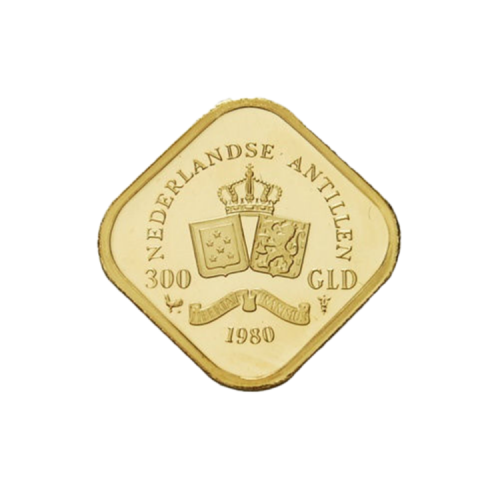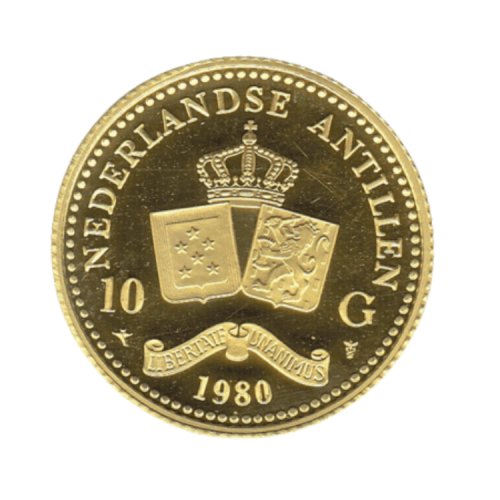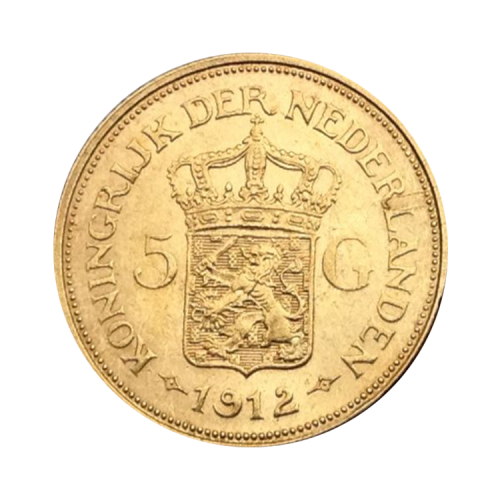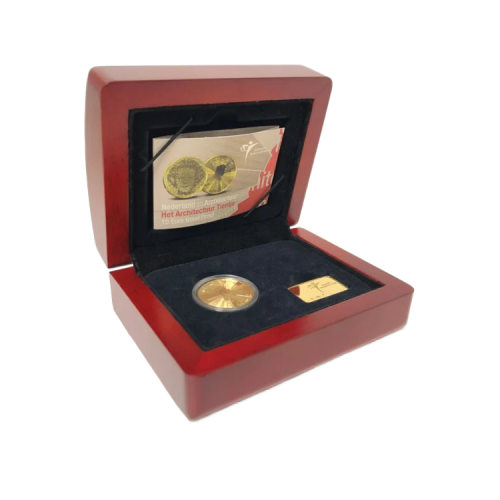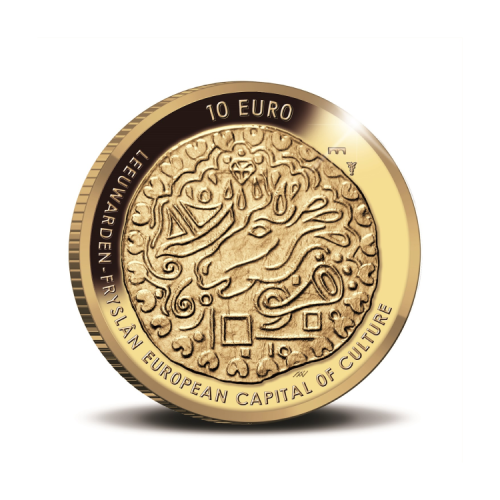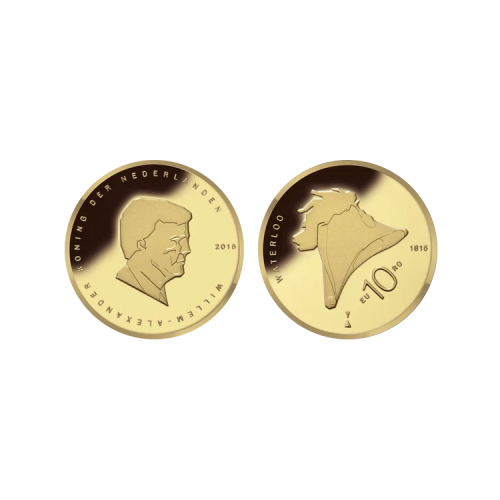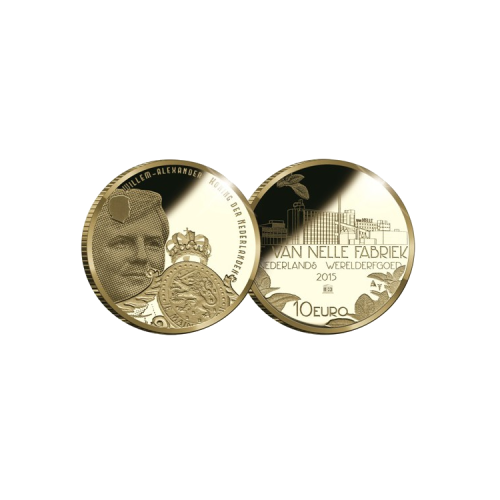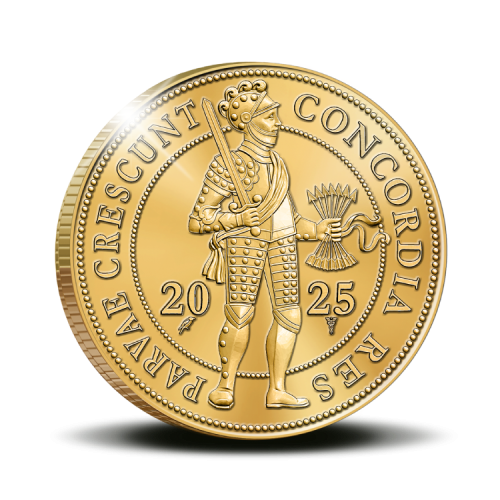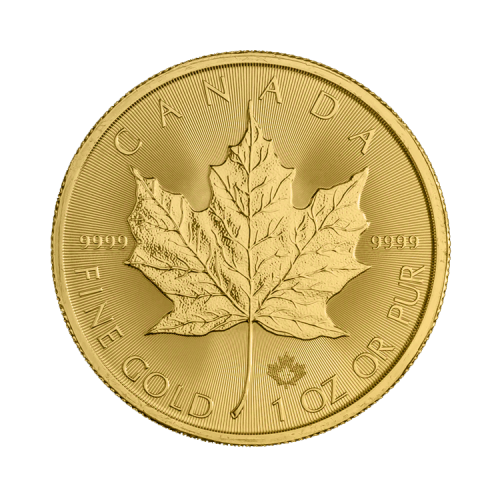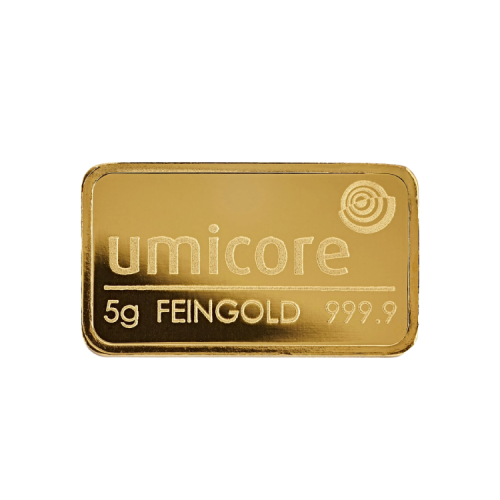Discover which products suit your preference and budget. Enter your preferences and receive an instant tailored recommendation.
Buy gold Dutch coinage
The Netherlands has a rich history when it comes to gold coins that were once used as legal tender. The first golden ten-guilder coin was minted in 1818 during the reign of King William I, and the last one was minted in 1933 (Queen Wilhelmina). In addition, gold five-guilder coins as well as single and double ducats were minted in the Netherlands. All of these coins contain 90% gold. In the past, these coins were collected with a focus on their mint year. Nowadays, their gold value has surpassed their collectible value (with some exceptions), and they are traded with a low premium over the current gold price.
Why buy Dutch gold coins?
When purchasing Dutch gold coins, you have a choice of various coins. Dutch gold coins, such as the gold "tientje" and the gold ducat, have a rich history dating back to the 19th century. These coins were originally used as legal tender and were minted under various kings and queens, including King Willem I, II, III, and Queen Wilhelmina. As a result, these coins carry not only monetary value but also a piece of Dutch history and heritage. For collectors, owning a piece of history is particularly valuable and meaningful. Most of these coins, like the gold "tientje," contain 90% pure gold (21.6 karats).
Dutch gold coins offer investment opportunities for both large and small investors. For example, a gold "tientje" has a relatively low weight (6.72 grams with 6.048 grams of pure gold), making it affordable for investors with different budgets. Additionally, investors can also choose gold "vijfjes" or ducats, depending on their preferences and investment goals.
Buy Dutch gold coins: the gold tenner
The golden ten-guilder coins are perhaps the most beautiful gold coins from the Netherlands. Each golden ten-guilder coin contains 6.05 grams of pure gold and is available for purchase individually. We supply golden ten-guilder coins from various mint years and do not differentiate between them.
Buy a gold ten guilder coin
Golden ten-guilder coins are among the most beautiful gold coins from the Netherlands. Each coin contains 6.05 grams of pure gold and is available for purchase individually. We offer these coins from various mint years without distinction. Order your golden ten-guilder coin at The Silver Mountain and take advantage of our benefits. Our prices are based on the current gold price to ensure you pay the fairest price. Your order will be shipped fully insured, or you can pick it up at our office in Baarn or The Hague.
Golden ten-guilder coins are popular among gold investors. These coins are of interest to both large and small-budget investors. Since we buy these coins exclusively from private individuals, we can offer them at a competitive price.
Do you want to be the first to know when a golden ten-guilder coin is back in stock? Sign up for our stock alert to be notified immediately when a coin is available again. Due to the popularity of the golden ten-guilder coins, they sell out quickly.
Value of the gold ten guilder coin
The golden ten-guilder coin weighs 6.72 grams and is minted in 90% pure gold (21.6 carats). This gives it a pure gold weight of 6.048 grams, also known as the net weight of the coin.
The coin has a diameter of 22.50 mm and is 1.31 mm thick. These dimensions are important because we always check them when purchasing to detect counterfeit coins.
Design gold tenner
Design of the gold ten guilder coins
There are several designs of the golden ten-guilder coin, including both old and new versions featuring different themes. For example, there is the "Marriage Ten-Guilder," "Golden Tulip Ten-Guilder," and the "Max Havelaar Ten-Guilder." The themed coins are often struck in Proof quality, making them attractive to both investors and collectors. The reverse of these coins features a portrait of King William I, II, III, or Queen Wilhelmina.
The first gold ten guilder coins
The first golden ten-guilder coins were minted in 1808 and 1810 during the reign of Louis Napoleon. These coins weigh 6.825 grams and contain 91.7% gold.
Gold ten guilder coins of Kings William I, II, and III
During the reign of King William I (1813-1840), the golden ten-guilder coin received the design that is still used today. The coins from 1818 to 1820, 1822 to 1833, and 1837 to 1840 were minted in Brussels and Utrecht.
The coins from King William II are extremely rare, as they were only minted in 1842. Worldwide, only 860 pieces are known to exist, and it is unknown how many are still in circulation.
From 1875 to 1889, the golden ten-guilder coins of King William III were minted. These coins have a nominal value of 10 guilders and contain 21.6 carats of gold (.900). They are considered less 'special' due to their large mint quantities, ranging from tens of thousands to several million. The weight of the coins was also reduced from 6.729 grams to 6.72 grams starting in 1875. However, this makes little difference, as the weight of these coins varies between 6.69 and 6.73 grams.
Golden ten guilder coins of Queen Wilhelmina
The golden Wilhelmina ten-guilder coins were minted from 1892 to 1933 in four different versions:
- 1892 – 1897: These coins depict Wilhelmina as a young girl.
- 1898: This year marks Wilhelmina's 18th birthday and her recognition as heir to the throne. To "celebrate," the design of the ten-guilder coin was changed, featuring Wilhelmina with a tiara. Due to the low mintage of only 99,239 pieces, this coin is more expensive than later ones.
- 1911 to 1917: This version features Wilhelmina in a beautiful ermine robe. A total of 8.9 million pieces were minted.
- 1925 – 1933: This is the final series of the ten-guilder coins, depicting Wilhelmina as an older woman with her crown. A total of 12 million of these coins were minted.
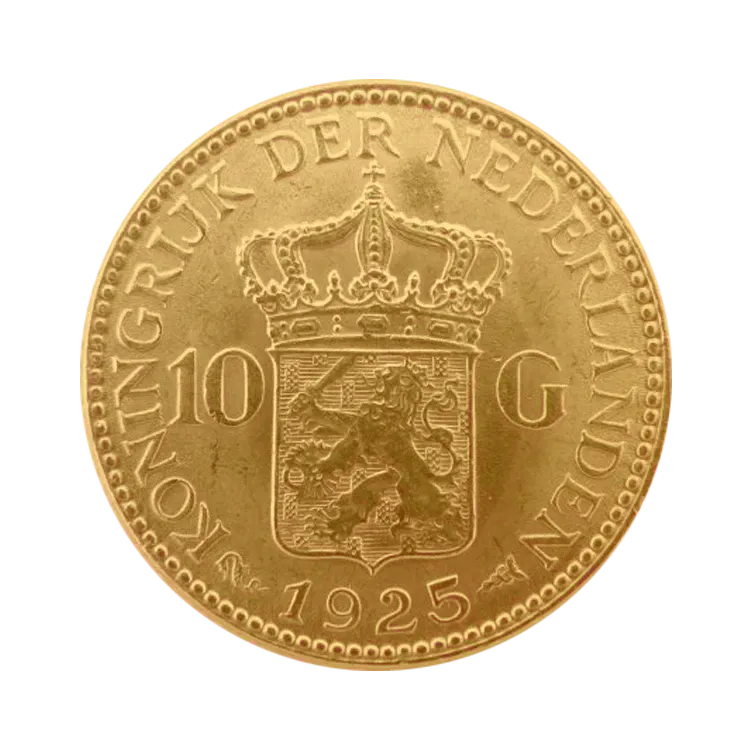
Design of the gold ten guilder coins
There are several designs of the golden ten-guilder coin, including both old and new versions featuring different themes. For example, there is the "Marriage Ten-Guilder," "Golden Tulip Ten-Guilder," and the "Max Havelaar Ten-Guilder." The themed coins are often struck in Proof quality, making them attractive to both investors and collectors. The reverse of these coins features a portrait of King William I, II, III, or Queen Wilhelmina.
The first gold ten guilder coins
The first golden ten-guilder coins were minted in 1808 and 1810 during the reign of Louis Napoleon. These coins weigh 6.825 grams and contain 91.7% gold.
Gold ten guilder coins of Kings William I, II, and III
During the reign of King William I (1813-1840), the golden ten-guilder coin received the design that is still used today. The coins from 1818 to 1820, 1822 to 1833, and 1837 to 1840 were minted in Brussels and Utrecht.
The coins from King William II are extremely rare, as they were only minted in 1842. Worldwide, only 860 pieces are known to exist, and it is unknown how many are still in circulation.
From 1875 to 1889, the golden ten-guilder coins of King William III were minted. These coins have a nominal value of 10 guilders and contain 21.6 carats of gold (.900). They are considered less 'special' due to their large mint quantities, ranging from tens of thousands to several million. The weight of the coins was also reduced from 6.729 grams to 6.72 grams starting in 1875. However, this makes little difference, as the weight of these coins varies between 6.69 and 6.73 grams.
Golden ten guilder coins of Queen Wilhelmina
The golden Wilhelmina ten-guilder coins were minted from 1892 to 1933 in four different versions:
- 1892 – 1897: These coins depict Wilhelmina as a young girl.
- 1898: This year marks Wilhelmina's 18th birthday and her recognition as heir to the throne. To "celebrate," the design of the ten-guilder coin was changed, featuring Wilhelmina with a tiara. Due to the low mintage of only 99,239 pieces, this coin is more expensive than later ones.
- 1911 to 1917: This version features Wilhelmina in a beautiful ermine robe. A total of 8.9 million pieces were minted.
- 1925 – 1933: This is the final series of the ten-guilder coins, depicting Wilhelmina as an older woman with her crown. A total of 12 million of these coins were minted.
Buy gold ducat
These special Dutch coins are minted annually in limited quantities by the Royal Dutch Mint. The beautiful gold coins are issued to commemorate the rich Dutch trading history and have been popular among collectors for years.
Buy gold ducats 2024
The sale period for the 2024 gold ducats has started, and these coins are available for purchase at The Silver Mountain until May 31, 2024. In June 2024, the mintage will be determined based on the number of coins sold. In September 2024, the coins will be minted and delivered by the Royal Dutch Mint.
History of the gold ducat
Since August 4, 1586, the Golden Ducat has been listed in the Dutch Mint Act as a trade coin. Originally from the Republic of Venice, the Golden Ducat was later also minted in the Netherlands. It has always been a strong coin; for centuries, these coins were an important means of payment in international trade. They were highly regarded for their reliable weight and purity.
In Scandinavia, Poland, and Russia, they were widely accepted, and they were also frequently used in trade with Asia. Consequently, the Dutch Golden Ducat became one of the world's most important trade coins. The Royal Dutch Mint mints both Single and Double Golden Ducats annually, commissioned by the Ministry of Finance to keep the memory of the Netherlands' rich trading past alive.
Series 'The Dutch Trading History'
The Golden Ducat has remained almost unchanged for nearly 400 years, with only minor adjustments to details. Over time, there have been slight changes in the knight's attire, and the decorations on the reverse side have been subject to changes according to fashion.
In 2022, the Royal Dutch Mint launched a new series, 'The Dutch Trading History,' within the Golden Ducats. From 2022 to 2025, a different trade good will be featured on the reverse side of the coin each year. This year, it is a bundle of cinnamon sticks. Cinnamon was one of the spices the Dutch East India Company (VOC) was keen on, as it was produced in a single region and was very popular in various countries. After expelling the Portuguese from Ceylon (now Sri Lanka), the VOC held control over the cinnamon trade for many years.
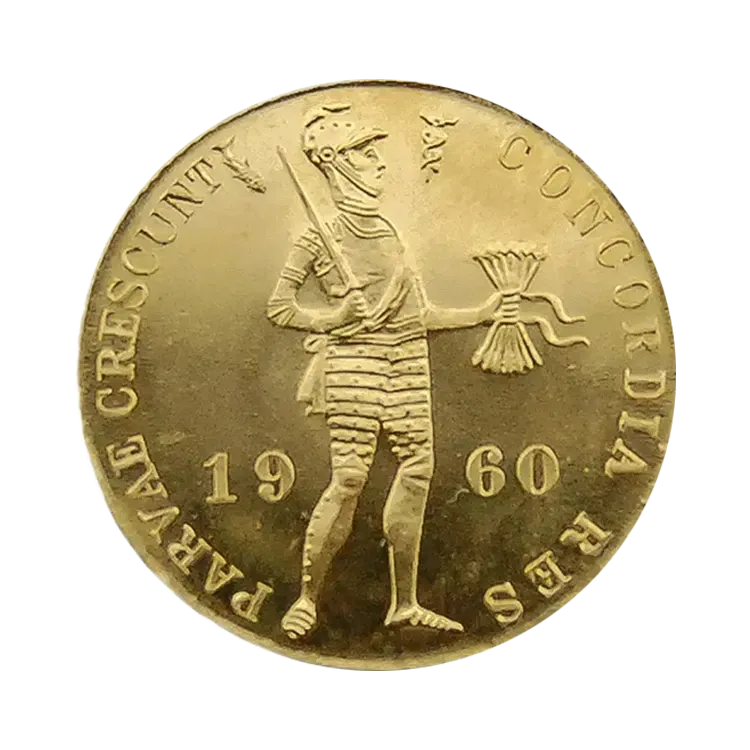

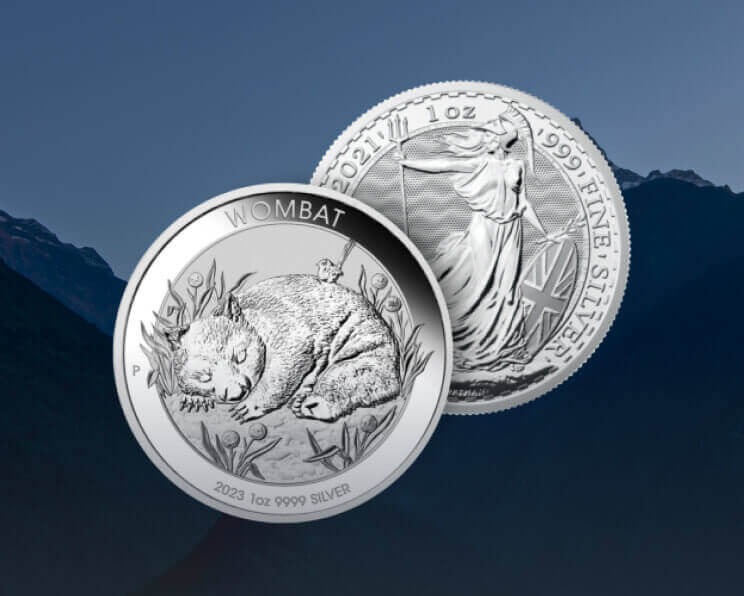





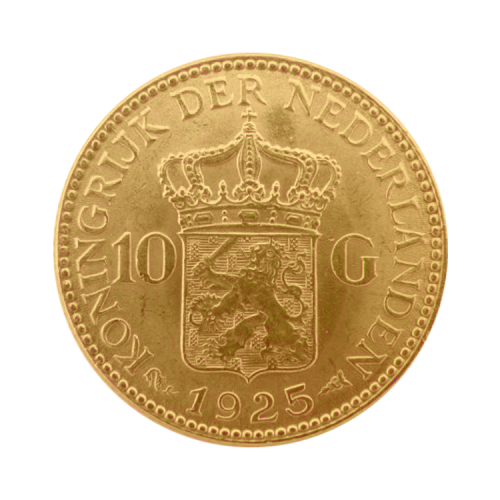
-Psfmhzrc-web_normal.png)
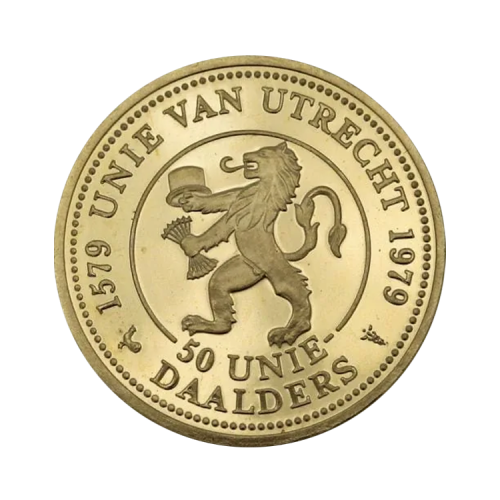



-6mFv6LND-web_normal.png)
-(1)-5jtGeett-web_normal.png)
